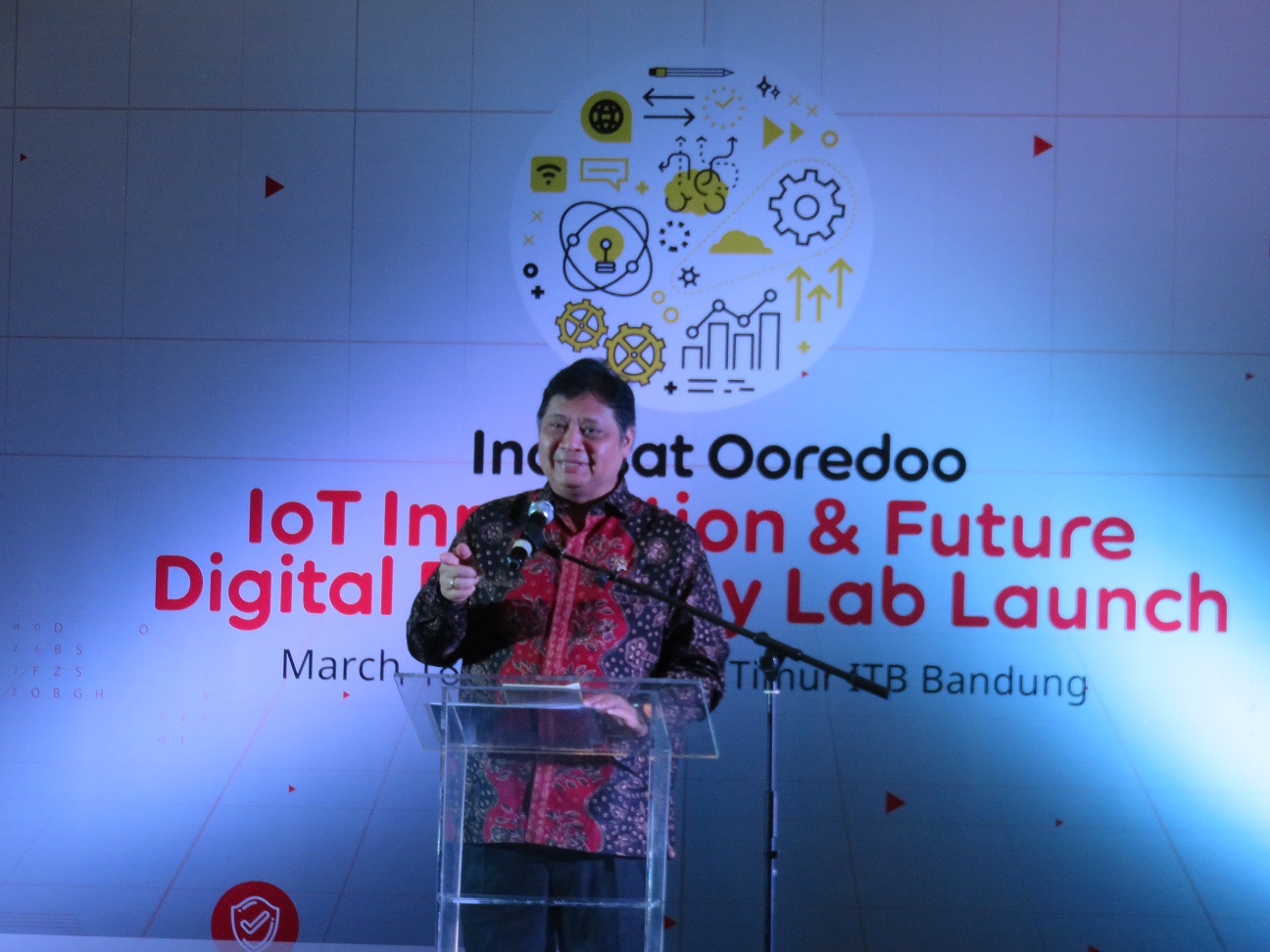ITB's Studium Generale: Nation Branding Through the Power of Design
By Adi Permana
Editor Adi Permana
Elwin Mok, Founder and Chairman of Celsius Creative Lab, explored in detail the perception of branding in the KU-4078 Studium Generale Course on Wednesday (03/29/2023). The topic of the meeting was titled "Nation Branding Through the Power of Design".
"In accordance with the theme, we first need to understand what branding really is," Elwin began. He quoted Marty Neumeier, who stated that branding is not just a logo, identity, or product. Rather surprisingly, branding is a person's gut feeling about a certain product, service, or organization.
Humans are emotional, intuitive, and personal beings, so we cannot simply assume that all the people inside a room have the same gut feeling. According to him, only the individual knows what their gut feeling is, not companies, not markets, and not the public. "Branding is basically all about our feelings."
"Nation branding is actually something multidimensional," Elwin continued. Nation branding encompasses a multitude of elements, such as trade, investment, tourism, popularity, and talent. Each of these elements is aimed at a different target audience. For example, trade targets companies, investment targets investors, tourism targets tourists, popularity targets the public, and talent targets the workforce.
To give an example, Elwin described the branding of the 2018 Asian Games. At that time, when the logo was first unveiled, there was a massive debate among the public. It was later decided that changes were to be made to the logo. Out of eleven alternative logos and mascots proposed, a trio of mascots known as Bhin Bhin, Atung, and Kaka was finally chosen.
In addition to logos and mascots, the branding was also implemented in various ways. Some examples were the Asian Games advertisements in 2017 (one year before the event), vibrant designs on monorail poles in Senayan, promotions that combined traditional clothing of Asian Games participants with tourist destinations in Indonesia, animations that brought the mascots to life, the publication of the theme song, the introduction of a new version of physical health gymnastics, and the design of venues.
"Not only that, we also split the colors of the ASIAN Games logo into four different sports."
Another case he brought up on nation branding was Dubai Expo 2020. "This expo is basically a place to compete for nation branding," Elwin asserted. Indonesia's exhibition at Dubai Expo 2020 is divided into four sections: Yesterday, Today, Tomorrow, and Market.
In the Yesterday section, we displayed a large wall covered with a myriad of spices. The number of spices displayed totaled 5,000 with a combined weight of 5 tons," he revealed. Meanwhile, in the Today section, a number of digital infrastructures, ecotourism, and culinary were showcased in 5-second video snippets. Whereas in the Tomorrow section, immersive multimedia is employed.
There was a quote Elwin mentioned from John Adams: "I am revolutionary, so my son can be a farmer, so his son can be a poet." It could be inferred from this quote that design, aesthetics, and art are not the things prioritized for study. "But if we look from a different perspective, that's actually the goal all along," he clarified.
In other words, when someone develops their knowledge, the outcome will eventually lead to art. Elwin concluded the paradigm that needs to be understood was the power of design, how it possesses an intangible power that ultimately leads people in that said direction.
Reporter: Athira Syifa PS (Postharvest Technology '19)
Translator: Ariq Ramadhan Teruna (Chemical Engineering '21)

.jpg)
.jpg)
.png)
.jpg)
.jpg)

